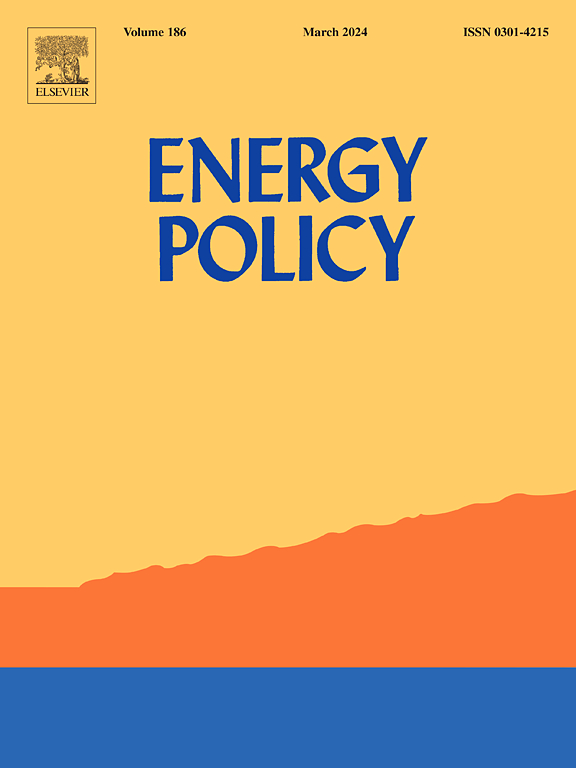对大客户征收非高峰正午电价的好处:对澳大利亚国家电力市场的看法
IF 9.2
2区 经济学
Q1 ECONOMICS
引用次数: 0
摘要
这一观点描述了改革商业和工业(C&;I)客户网络关税的机会,以鼓励澳大利亚国家电力市场的需求转移和响应。由于零售电价受到其基础网络电价的严重影响,我们发现许多网络服务提供商只提供可能无法反映其长期边际成本的陈旧网络电价结构,同时抵消批发市场价格信号。我们认为,通过分配网络将中午时间重新分类为“非高峰”的使用时间和需求收费(假设这些随后反映在C&;I零售电价中)可能导致批发市场价格降低,通过减少鸭子曲线提高系统稳定性,并提高资源分配效率。研究结果表明,应该鼓励电价改革,特别是在可变可再生能源水平较高的州(如南澳大利亚州和维多利亚州),以促进澳大利亚的可持续能源转型。本文章由计算机程序翻译,如有差异,请以英文原文为准。
The benefits of off-peak midday electricity tariffs for large customers: Perspective on Australia's National Electricity Market
This perspective describes the opportunities of reforming commercial and industrial (C&I) customer network tariffs to encourage demand shifting and response in Australia's National Electricity Market. With retail tariffs heavily influenced by their underlying network tariffs, we find that many network service providers only offer archaic network tariff structures that may not reflect their long-run marginal cost while counteracting wholesale market price signals. We argue that reclassifying midday hours as ‘off-peak’ for time-of-use and demand charges by distribution networks (assuming these are subsequently reflected in C&I retail tariffs) could result in lower wholesale market prices, increased system stability via reductions in the duck-curve, and enhanced efficiency in resource allocation. The findings suggest that electricity tariff reform, especially in states with high levels of variable renewable energy (such as South Australia and Victoria), should be encouraged to facilitate sustainable energy transitions in Australia.
求助全文
通过发布文献求助,成功后即可免费获取论文全文。
去求助
来源期刊

Energy Policy
管理科学-环境科学
CiteScore
17.30
自引率
5.60%
发文量
540
审稿时长
7.9 months
期刊介绍:
Energy policy is the manner in which a given entity (often governmental) has decided to address issues of energy development including energy conversion, distribution and use as well as reduction of greenhouse gas emissions in order to contribute to climate change mitigation. The attributes of energy policy may include legislation, international treaties, incentives to investment, guidelines for energy conservation, taxation and other public policy techniques.
Energy policy is closely related to climate change policy because totalled worldwide the energy sector emits more greenhouse gas than other sectors.
 求助内容:
求助内容: 应助结果提醒方式:
应助结果提醒方式:


